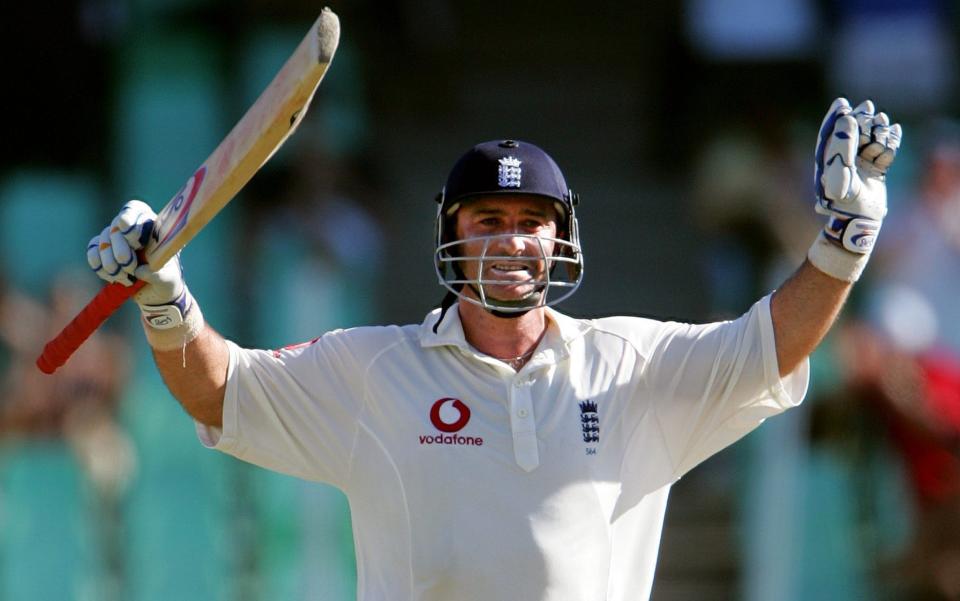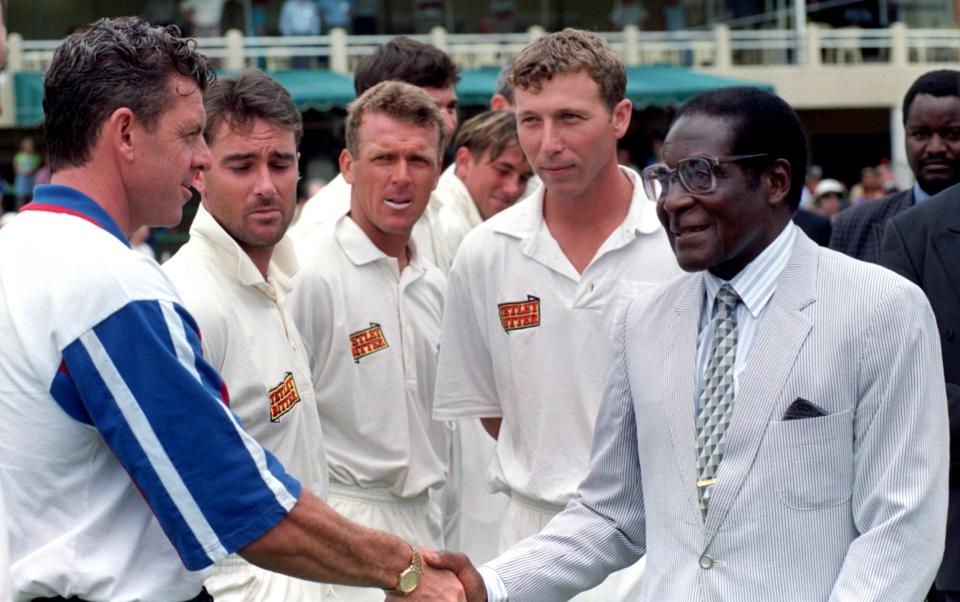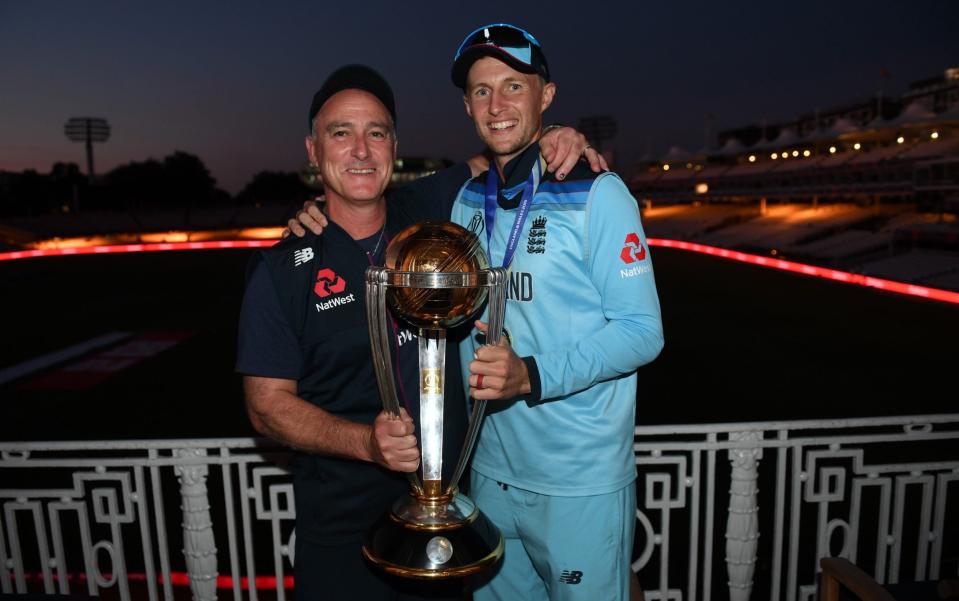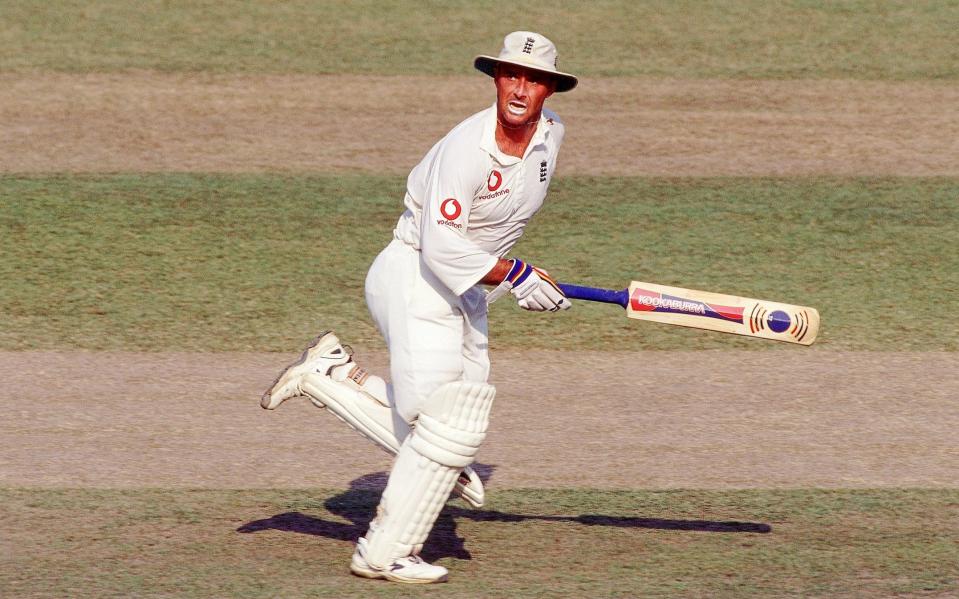
Graham Thorpe was one of the finest, doughtiest, left-handed batsmen – and also one of the finest, doughtiest, human beings to represent England.
In exactly 100 Tests, Thorpe scored 6,744 runs at an average of 44 with 16 centuries. Yet what he helped to achieve for subsequent England cricketers off the field was no less important than what he did on it.
In the 1990s, when Thorpe emerged from Surrey’s team, the attitude of the England powers-that-be was feudal. The Test and County Cricket Board was the body in charge, now the England and Wales Cricket Board, and their attitude was simple: we are the masters and you, the players, are the servants. Duty of care did not exist then. The ECB deserves credit for subsequently upping its game, and the Professional Cricketers’ Association too.
Players were not allowed to take their wives, partners or children on some England tours: for instance the tours of both Zimbabwe and New Zealand in 1996-97. On that tour, when John Barclay was the tour manager and Mike Atherton the captain, the players were forbidden to see their loved ones from late November, through Christmas and New Year in Harare, and through their warm-up games a three-Test series and one-day internationals in New Zealand, until they finished there in early March. “England spent a dreary Christmas minus their families (another poor decision by the tour planners),” Wisden noted succinctly.

How were the players expected to have any emotional life or mental health? The answer is they weren’t. And Thorpe was the most vocal in resenting this oppression, which had to be done behind the scenes otherwise the players would have lost their England places. Typically, he would worry away at his bat-handle and rubber grips and tell you about his emotional upheavals.
He protested publicly, too, at the way the England players were treated. Before the start of the 1999 World Cup in England, he refused to attend a team function in Canterbury. The professionalism with which England organised that World Cup can be judged from the fact that the international teams director, Simon Pack, flew out to Brisbane to negotiate with England captain Alec Stewart on the afternoon before the first Test. The capacity for empathy with England cricketers was non-existent.
Wisden does not chronicle such statistics but it is a safe generalisation that the marriages of most players in that era ended in divorce. From the time that Duncan Fletcher took over as head coach in 1999, and cared about his players, the marriages of most England cricketers did not end in divorce.

Given this background it is no surprise that Thorpe’s private life was so entangled. In his autobiography he summarised it: “When I look back to how things were a few years ago – after I’d tried to retire from the game and was cracking up, refusing to go out, getting paranoiac, desperately missing my children, battered by journalists and bills from the divorce lawyers… it seems incredible that things turned round the way they did, both in my personal life and in cricket.”
As a cricketer Thorpe first made his name as a right-arm medium-pacer for Surrey. He was naturally right-handed, but decided to bat left-handed for his Farnham club. He rose through the ranks swiftly, and later told me what had completed his readiness for Test cricket: he had learned how to play pace on the England A tour of the West Indies in 1992-93, when Courtney Walsh and Kenny Benjamin were steaming in, and how to play spin on a turning pitch at the outground of Southend, when Essex’s John Childs and Peter Such were ripping it. And he became a complete Test batsman.
His finest tour was that of Sri Lanka in 2000-01, and arguably the finest of his 100 Tests came in Colombo. The three-match series stood at 1-1; the pitch for the third game was, not unexpectedly, prepared with Muttiah Muralitharan, Sri Lanka’s world record-breaking off-spinner, in mind. Thorpe was man of the match, being a master at working spinners for ones and twos, scoring an unbeaten 113 out of 249 when no other England player reached 30, and in such humidity that he spent that night on a drip in hospital.

He was not finished there, either. England were set only 74 but the pitch was nearly what was called a minefield. Muralitharan and Sanath Jayasuriya, Sri Lanka’s spinners, fired the ball through the dusty surface. England, so near a prestigious prize, because Sri Lanka were so hard to beat at home, promptly collapsed – or rather everyone except Thorpe. Nobody else could manage 14 runs. Thorpe, not fully rehydrated, was padded up and sent out and scored an unbeaten 32 to carry England over the line by four wickets.
He missed the England tours of South Africa in 1999-2000 and of Australia in 2002-03 for personal reasons, his first marriage ending during the latter tour. England were lucky that new, more enlightened, less medieval men took charge: in 2003 Thorpe came back, with a century against South Africa at the Oval, and more fine batting which saw him averaging 56 in the last stage of his career. His final two Tests came at the start of the 2005 season against Bangladesh, after which Kevin Pietersen replaced him at number five against Australia.
Understanding so much about the vicissitudes of batting and life, Thorpe made a fine academy coach at Loughborough, then as the England batting coach. After he had been dismissed from that job, following the 4-0 series defeat in Australia, he had signed up for one scarcely less arduous, as coach of Afghanistan. Tough, durable, defiant, the Afghans would have recognised a man of similar qualities.
Article courtesy of
Source link